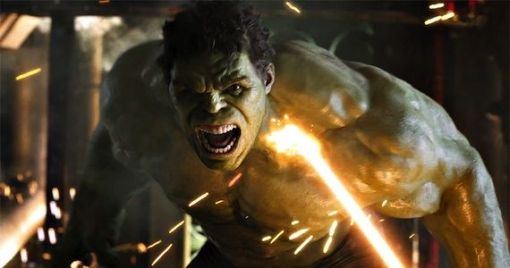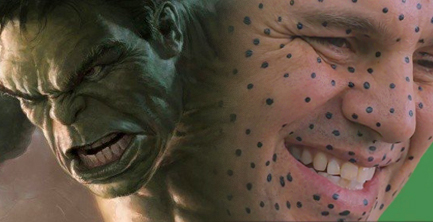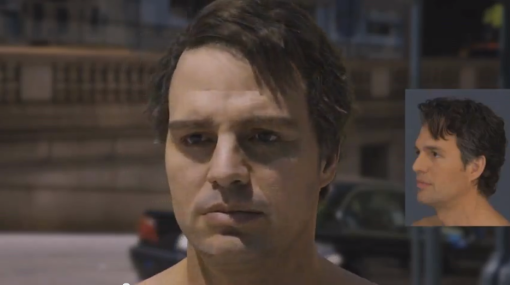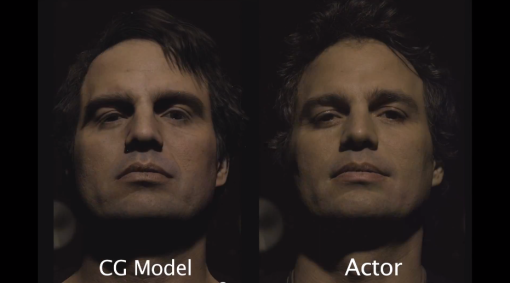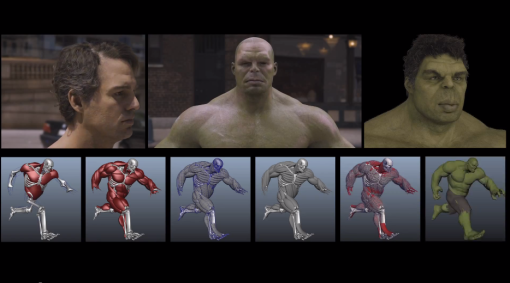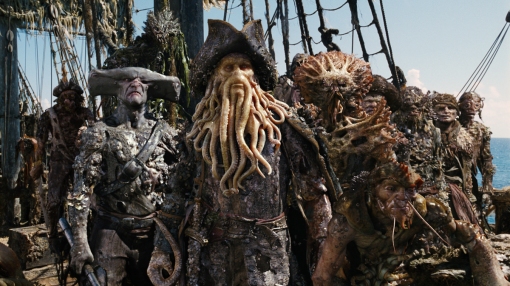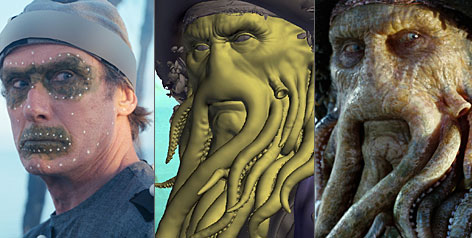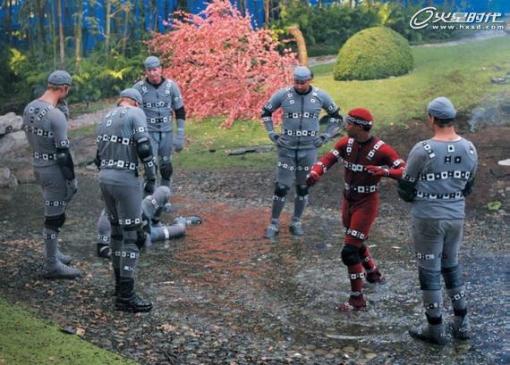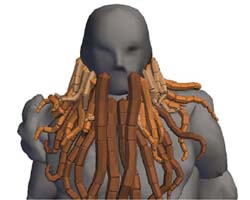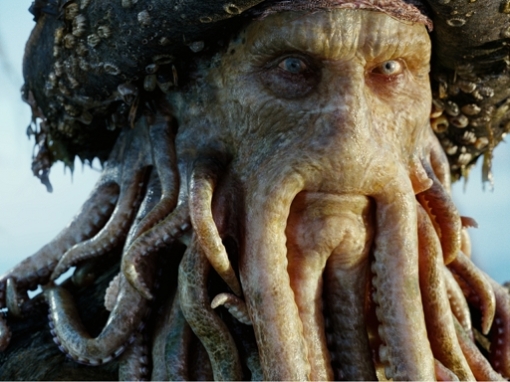Marvel’s The Avengers was a highly anticipated blockbuster and no doubt it was big hit in cinemas when it was released last year. A main character in the movie was the Hulk, played by Mark Ruffalo. In the movie, he turns from a normal human into a buff green shirtless killing machine. Industrial Light and Magic (ILM) was responsible for this CGI and they did such a great job that they were just recently nominated for an Academy Award for Best Visual Effects.
Here’s kinda how they did the digital double. ILM used motion capture to catch the emotions Mark Ruffalo potrayed on screen. Every bit of Hulk stems directly from Mark, from the pores on his skin, to the grey hair of his temples, right down to using a dental mold of Mark’s teeth as a basis for Hulk’s teeth. Their strategy was to work to out rendering and texture issues on the Banner (Hulk before he turns human) digital double until it looked indistinguishable from Mark Ruffalo.
As the Banner and Hulk shares the same topology, they were able to transfer textures, material settings and the facial library for animation. This gave them a decent base to start working from but with their significantly different proportions, there was a lot of retargeting work that need to be done. They tried to be economical with their poly counts but with Hulk they made a conscious decision that he was going to be extremely dense in his resolution for a better mesh. By working ike this, they never came up short on resolution for all of the close-ups and detailed shape work that was required to represent the anatomy under Hulk’s skin. They then incested in a robust multi-resolution pipeline so that the model was manageable for the artists to work with.
Here’s an interesting behind the scenes video!
